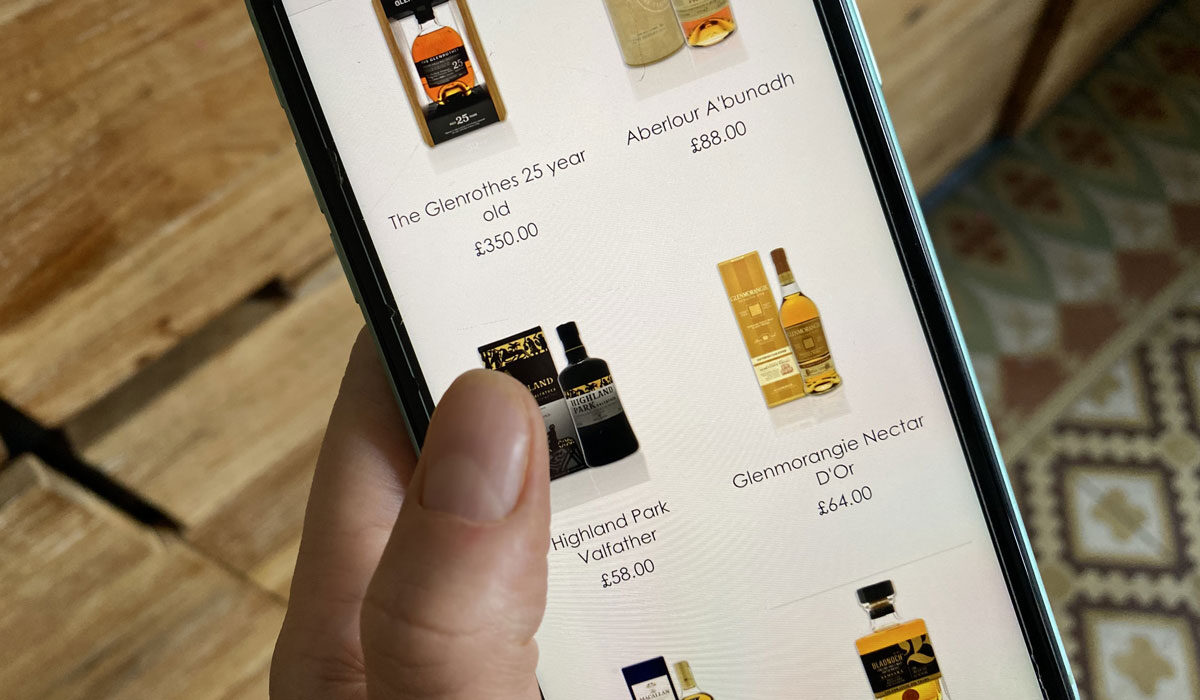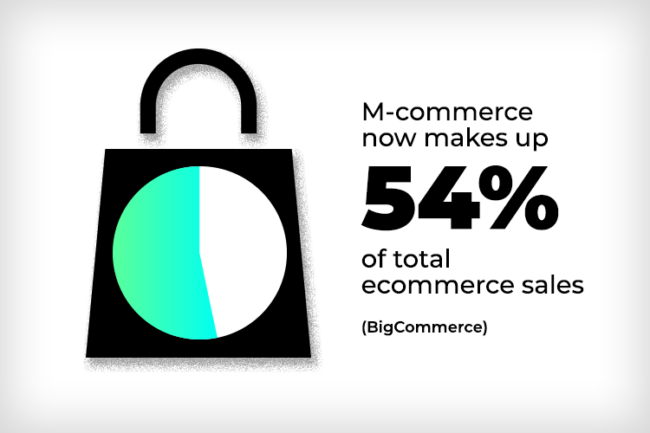Buying. But Better. Why We’re Tapping into Mobile Commerce
M-commerce is the handy term that summarises buying and selling via a mobile device. It couples the power of technology and design with the portability of phones and tablets. That’s a compelling proposition for anyone doing business online, either exclusively or as part of a broader omni-channel mix.
So it’s an area businesses and organisations need to get on top of. Why? Because m-commerce presents tons of opportunities for sales, brand-building and first-rate User Experience.
This Hookson m-commerce blog will highlight all of these benefits and more. We’ll also cast an eye at some trends and advances to be watching out for.
Let’s begin though with a swift jog to the front of the alphabet. We’ll start by taking a quick look at a close relation of m-commerce: e-commerce
Pop Quiz. In Which Year Did the First E-Commerce Transaction Take Place?
You’re probably thinking maybe sometime in the early-mid 90s. But deep down, you know that the question must have a pretty surprising answer. Otherwise, why ask it?
And you’re right. For the first example of e-commerce is generally agreed to have occurred in 1971 or 72. That’s when students of Stanford University and MIT bartered between themselves a small lump of cannabis. The transaction was part of the students’ ARPANET project – activity that would become core to the development of the internet.
A Revolution Has Occurred
It’s an interesting fact. But of course the e-commerce we’re all familiar with today really got clicking around 1995. No surprise to learn this was the year both eBay and Amazon launched.
Since then, the online buying and selling of products and services has completely changed the game for us consumers.
A truly global marketplace is within easy reach and we can now buy everything from a hairpin to a holiday via just a couple of clicks or taps. It’s not dramatic therefore to say that a revolution has occurred. The stats back it up: worldwide, the number of digital buyers rocketed from 1.32 billion in 2014 to 2.14 billion by 2021.
Loaded With Benefits
So, to m-commerce. It’s tempting to think that it’s basically just e-commerce, but performed on your phone. But that would be to miss the important distinctions that characterise m-commerce – and the subsequent benefits for both buyers and sellers.
Let’s look at what defines m-commerce, and why it’s such a plus for both parties.


